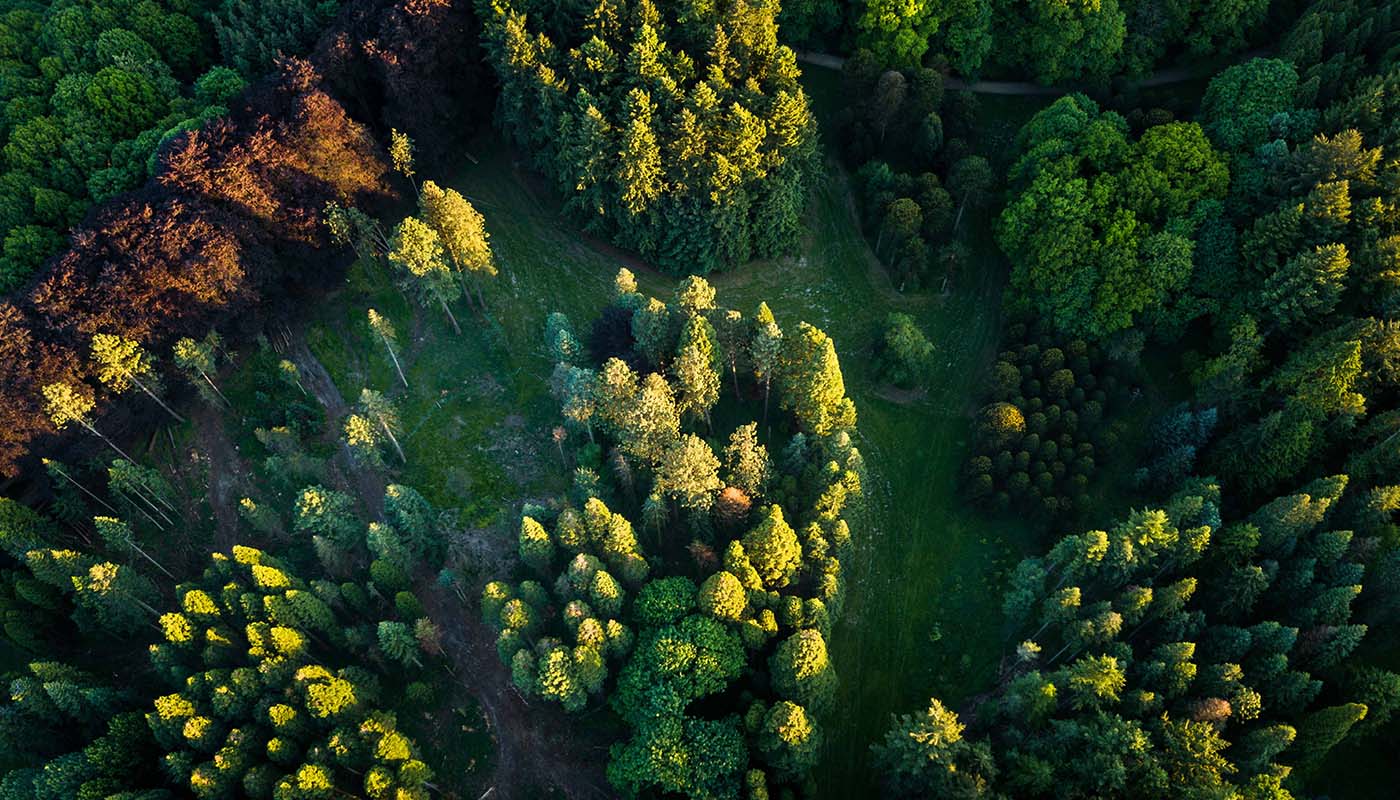The forest arboretum
The Arboretum of Tervuren is a unique collection of tree species from around the world in the heart of Flemish Brabant. Unlike other forest arboretums in Belgium and beyond, whether or not they are part of an established botanical garden, the Arboretum of Tervuren resembles a real forest and is maintained using forestry methods.
Forest arboretums are not so rare in themselves. They have been planted as trial sites in many places in Belgium and Europe since the last quarter of the 19th century, an era marked by an intense wave of reforestation. The aim was to find out how exotic tree species, mostly American and Asian trees, would adapt to local conditions, and whether or not they could provide productive wood and thus complement the relatively limited range of European tree species used in forestry.
The trial sites were usually planted in a corner of a forest, on a limited area of about 10 hectares. These sites were usually systematically organized by genus and family. The Arboretum at Groenendaal, to cite one example in Belgium, was laid out in this way. The Arboretum of Tervuren, however, stands out by its size (approximately 120 hectares), its rather consistent geographical organization and the rich variety of tree species that it harbors. The arboretum is also noted for its charming landscape and the beauty of its tree-lined avenues. We owe these qualities to Professor Charles Bommer, who worked tirelessly to establish a geographical collection of trees to advance best practices in forestry and to serve the wider scientific community. Designed by Professor Bommer with a remarkable aesthetic touch, the Arboretum of Tervuren was also meant as a place of recreation for the public at large.
The forest arboretum has experienced varying levels of interest in the last century, with perhaps a lowest point in recent decades. With the emergence of a forestry culture that gave more importance to native or endemic species, many forest arboretums were gradually abandoned and in some cases merged with the surrounding forest. Other arboretums were transformed into educational forest parks or became tourist attractions. The reality of climate change, however, and the shift in vegetation that is expected, has led to a renewed scientific interest in forest arboretums and the foreign tree species that they harbor. Arboretums can again provide research material to forest scientists looking for solutions on how to cope with the adverse impacts of climate change.
Well-managed and rejuvenated forest arboretums like the Arboretum of Tervuren are poised to play a significant and constructive role in this respect, alongside tree conservation, education and recreation.


